IFREMER SIH
Type of resources
Available actions
Topics
Keywords
Contact for the resource
Provided by
Years
Representation types
Update frequencies
status
Scale
-
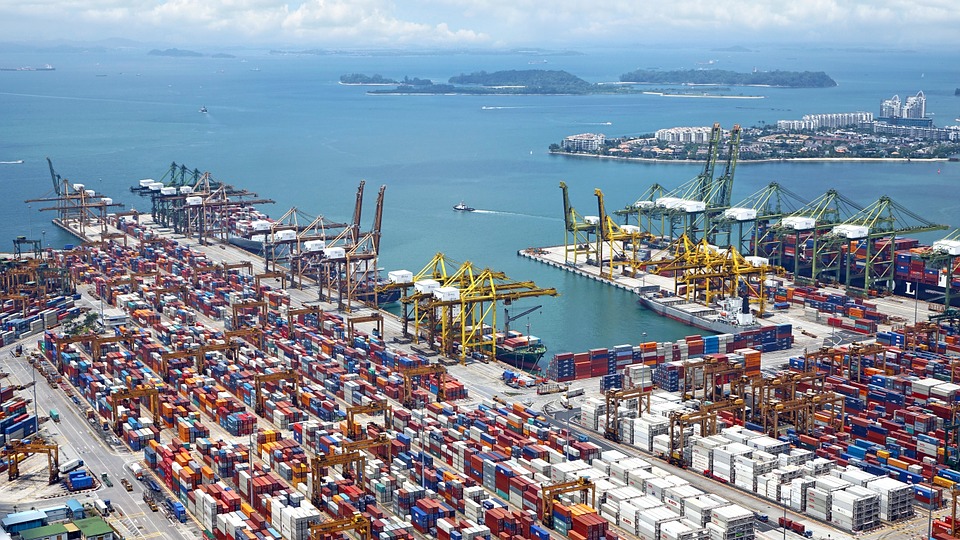
World list of seaports. In its 2021 version, the repository includes 13709 ports for 187 countries. The list of seaports has been drawn up on the basis of the information available in the European reference system of places used in the framework of the Common Fisheries Policy and, more particularly, by the Electronic Recording and Reporting System (ERS), the list of ports identified by the UNECE (2021-1). An assessment of the infrastructures present along the coastline made it possible to identify other ports that were not listed. Each geographical position has been verified with Google Earth in WGS84. Each port is associated with information relating to the country (ISO 3 coding), the UNECE or ERS 5-character coding, the name, the geographical position in WGS84 (latitude and longitude), the status of the port indicating whether it is referenced by Unece (UNECE), by the EU/ERS (ERS) or by both (UNECE/ERS) In case the port is not referenced by UNECE or ERS, the status is N/A. For French ports, the reference system integrates the ports of the French overseas departments and territories with the national codification. Inland ports have also been integrated in 2021.
-
Avant le 1er janvier 2016, la France comptait 27 régions : - 22 régions en France métropolitaine (en comptant la Corse). - 5 régions d'outre mer : la Guadeloupe, la Martinique, la Guyane, la Réunion et Mayotte (depuis 2011). Bien qu'obsolète, ce référentiel est conservé dans le Système d'Informations Halieutiques pour les données historiques.
-
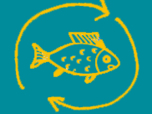
Les données "Ventes" du flux déclaratif contiennent essentiellement des données de ventes en criée ainsi que quelques données non exhaustives de ventes hors-criée.
-
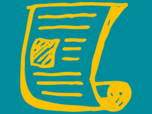
Un métier dans le Système d’Informations Halieutiques est une pratique de pêche définie par un engin de pêche et une espèce cible. Ils sont utilisés à des fins statistiques afin d’évaluer les stratégies et les efforts de pêche.
-
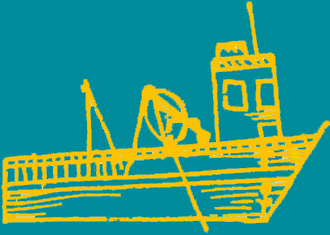
L’observation des captures en mer, qu’elles soient débarquées ou rejetées par les navires de pêche professionnelle, permet de mieux connaître les interactions entre l’activité de pêche, les ressources et les écosystèmes marins. Ce dispositif, appelé ObsMer, est appliqué en France métropolitaine, hors Corse.
-
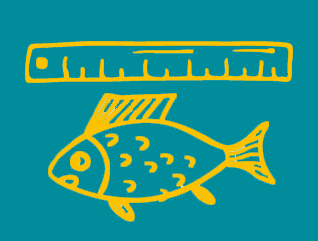
L'observation des ventes consiste à mesurer périodiquement la taille des individus des principales espèces en criée et aux points de débarquement, en tenant compte des appellations commerciales pratiquées sur les lieux de vente. Ce dispositif, appelé ObsVentes, est appliqué en France métropolitaine et en Outre-mer, dans les 5 DOM : Guyane, Guadeloupe, Martinique, Réunion et Mayotte.
-
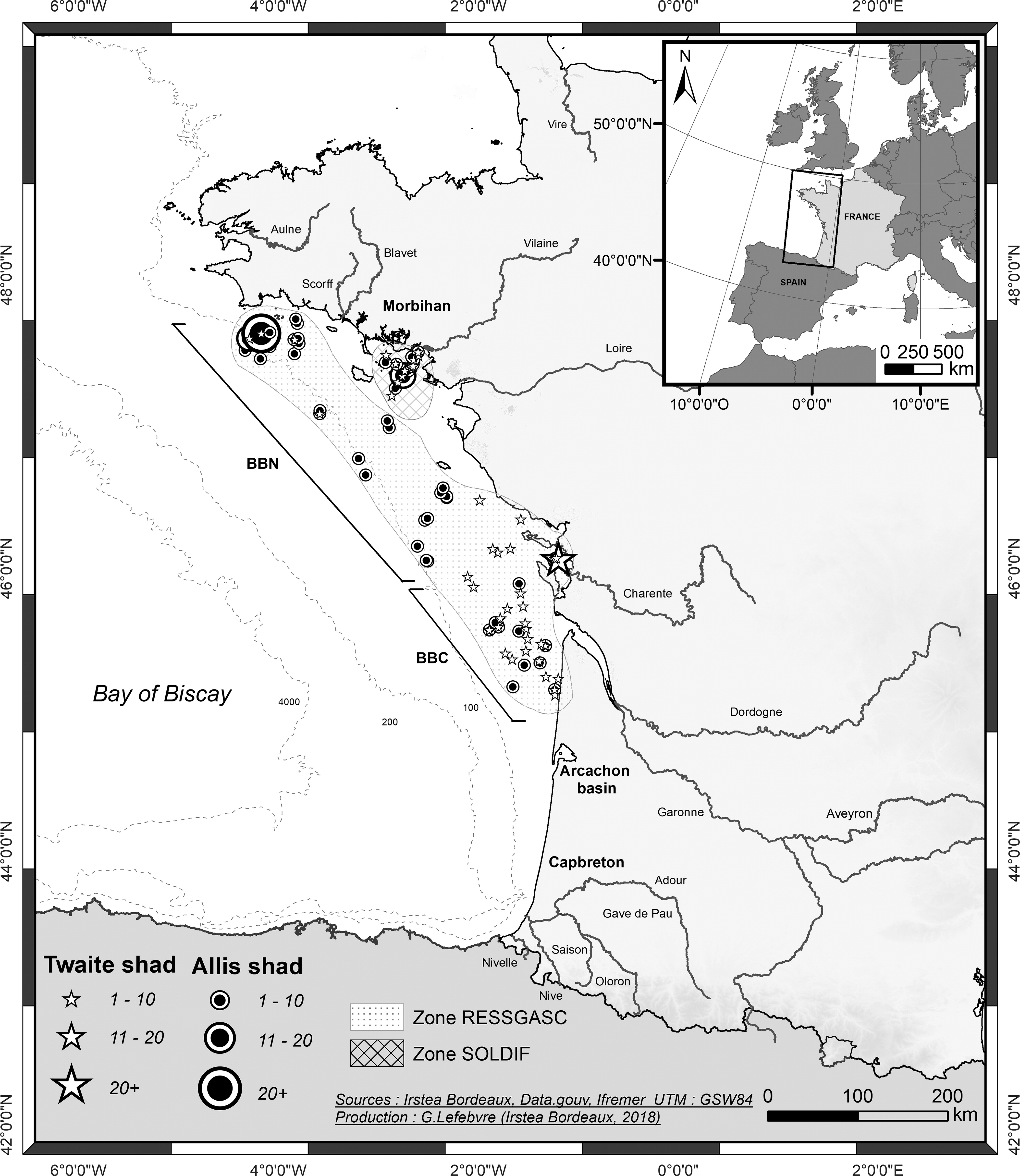
Les 62 campagnes RESSGASC permettent l'évaluation trimestrielle des quantités de diverses espèces (merlu, sole, langoustine, etc.) rejetées par les navires de pêche (individus n'ayant pas atteint la taille légale de débarquement). Ces informations, ainsi que les données collectées à partir de la structure démographique des débarquements (à l'aide d'échantillons provenant des criées), sont essentielles pour l'évolution des stocks de poissons commerciaux.
-
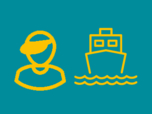
Ces données renseignent les caractéristiques des armateurs et des navires : immatriculation, année de construction, matériau, longueur, port, lieu d'immatriculation, appartenance au fichier FPC, jauge, puissance.
-
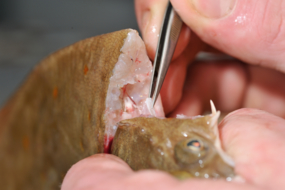
ObsBio, la collecte de paramètres biologiques individuels tels que la taille, le poids, le sexe, l'âge sont des données nécessaires pour connaître par élévation, la part des populations dans le recrutement des jeunes poissons, dans la mortalité naturelle et dans la mortalité par pêche
-
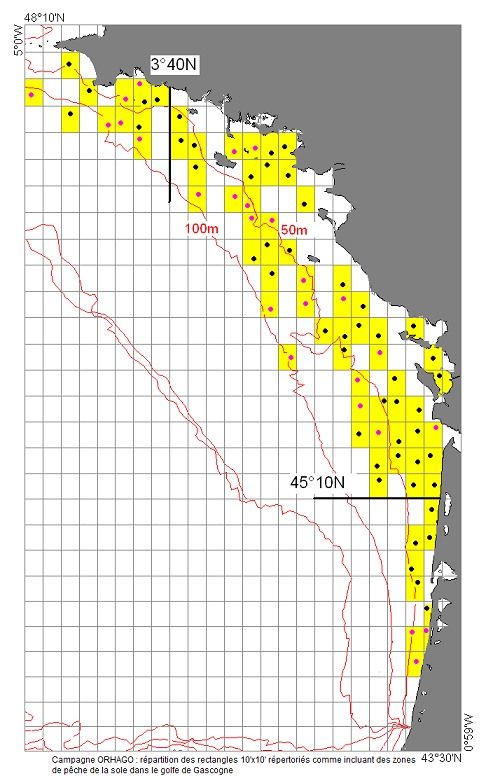
Les campagnes ORHAGO (Observation des ressources aquatiques benthiques du GOlfe de Gascogne) s'inscrivent dans la mission d'observation et d'expertise de l'Ifremer en appui à la gestion des pêches. Leur objectif principal est d'obtenir des séries d'indices d'abondance pour les poissons plats et en particulier pour la sole. En conséquence, le choix a été fait d'adopter un chalut à perche pour se conformer aux normes du Conseil international pour l'exploration de la mer (CIEM) pour les poissons plats. Ce choix a permis de faire partie des campagnes coordonnées par le CIEM et donc d'être membre d'une communauté dont la méthodologie et les résultats peuvent être discutés chaque année dans les groupes de travail WGBEAM du CIEM. Depuis 2013, les campagnes ORHAGO sont utilisées pour évaluer l'état du stock de sole du golfe de Gascogne. Elles permettent de réaliser cette évaluation de manière analytique, c'est-à-dire à l'aide d'un modèle permettant d'analyser et de simuler la dynamique du stock. Les campagnes ORHAGO constituent également une source d'information sur l'évolution des populations benthiques et des habitats benthiques côtiers dans le golfe de Gascogne.
 Catalogue PIGMA
Catalogue PIGMA